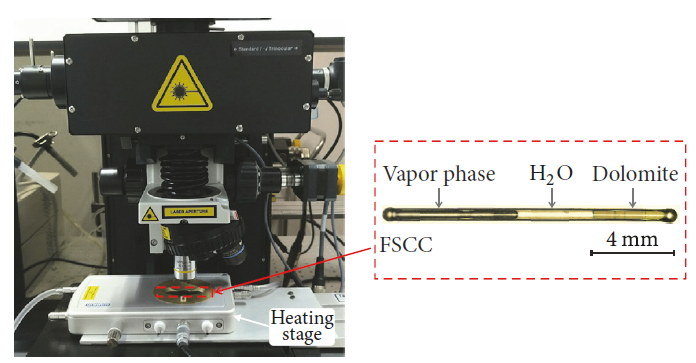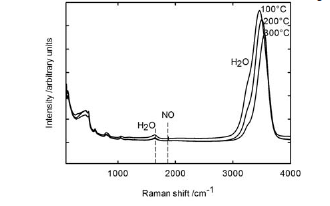In advance of the Mars landing on 18 February 2021, members of the Analytical Chemistry group at Universidad del País Vasco / Euskal Herriko Unibertsitatea (University of the Basque Country) in Leioa, Spain presented their research on how temperature controlled experiments (including Raman spectroscopy, X-ray fluorescence and XRD analysis) can be used to characterise geological materials ranging from historical artefacts from the Roman empire to regolith samples from Mars.
NASA’s Mars 2020 Perseverance rover will search for signs of life and explore the planet's geology. The rover will explore the Jezero Crater to characterise the planet's ancient climate and geology, and will be the first mission to collect and cache Martian rock and regolith. The subsequent 2022 mission of the ExoMars programme will deliver a European rover and a Russian surface platform to the surface of Mars to search for signs of life.
Professor Juan Manuel Madariaga at the University of the Basque Country in Leioa, Spain, is the coordinator of the Spanish Network for Geochemical Studies of Mars and is part of the research teams supporting both missions to Mars. Building on prior research, Prof. Madariaga’s team performed Raman analysis on three of the sulfates expected to be present on Mars: gypsum, syngenite and görgeyite.
Speakers
Ilaria Costantini
PhD in Analytical Chemistry
“Use of Temperature Controlled Stage coupled to Raman Microscopy for Application in Cultural Heritage”
Universidad del País Vasco / Euskal Herriko Unibertsitatea
Jennifer Huidobro Martin
PhD in Earth and Planetary Science
“The Importance of Using Temperature Controlled Confocal Raman Microscopy to Study Phase Transitions in Martian Compounds”
Universidad del País Vasco / Euskal Herriko Unibertsitatea
Juan Manuel Madariaga PhD (Chair)
Professor of Analytical Chemistry
“From Ancient Relics to Life on Mars”
Universidad del País Vasco / Euskal Herriko Unibertsitatea
Robert Gurney PhD
Applications Specialist
“How Temperature Controlled Experiments Aid Materials Characterisation”
Linkam Scientific Instruments
Related Articles














Read how Linkams LTS350 (now replaced by the LTS420) is used to for thermophysical studies by the Cryo-Ices group at Nasa’s Jet Propulsion Laboratory.